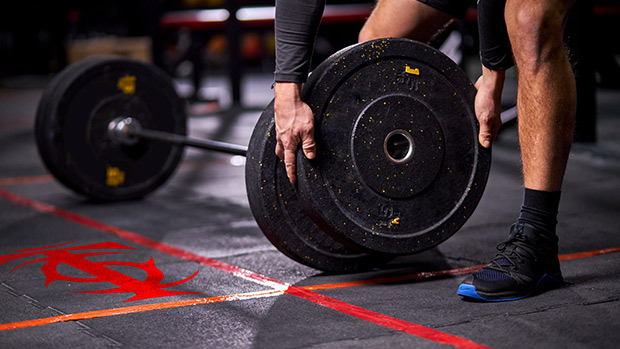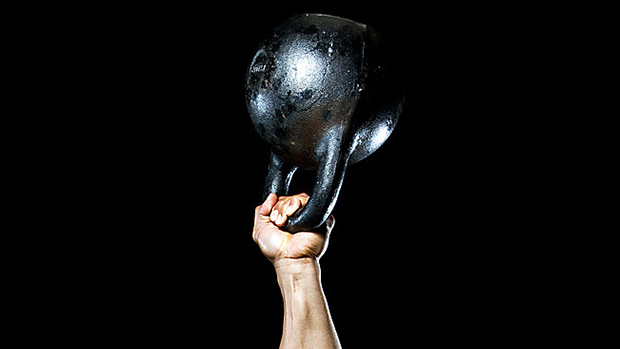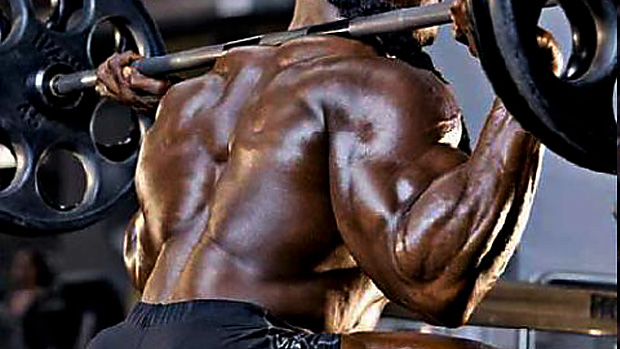You probably can't spend your entire day in the gym. You need to get in, get your stuff done, and get out. A fast workout is not an option; it's a necessity.
Getting it done will be even harder if you're training in a commercial gym at peak hours. This makes it all the more important to know how to set up and break down exercises quickly. You may also score a few points with those who hate equipment hogs.
Here are a few timing-saving tricks:
A lot of people use dip belts and hang plates from them. There's nothing wrong with that, but it can be a big pain in the butt to try to get the plates on the chain. Other people will use chains around their necks. This can become very uncomfortable, and not many commercial gyms have chains. But dumbbells are easily accessible and you can put them away in seconds.
If you're using one, there are two basic ways to hold it between your feet. One way is significantly better than the other.
The first way is to hold the dumbbell vertically between your feet by pulling your toes up. While this isn't wrong, you'll be limited by the amount of weight the muscles in the front of your shin can hold. It's also easy for the dumbbell to slip. So. not the most efficient setup. Here's what this looks like:

The second (better) way is to put the dumbbell horizontally between the feet and bend the knees slightly, so the top part of the dumbbell rests on your lower calf. It may take a few practice tries, but it'll be virtually impossible for the dumbbell to slip once you have this technique down.
Here's what this looks like when doing dips and chin-ups.
Make sure your hamstrings are warmed up first.
Since your knees will be slightly flexed, your hamstrings will be active with this technique. Depending on how heavy you go, you could strain a hamstring if you don't warm up properly. Telling someone you pulled a hammy while doing dips or chin-ups will get you some weird looks.
Use pauses during the dips to protect your shoulders.
Things can go south quickly, so don't rush your weighted dips and tweak your shoulder. By slowing things down and focusing on keeping your shoulder in a tight "packed' position, you greatly increase safety. Strive to own the weight.
A lot of people struggle to set up their deadlift. You do NOT need to pick the whole bar up with one hand while trying to slide the weight on with the other. This wastes both time and energy that should go toward your lift.
Most commercial gyms don't have deadlift jacks, so just slide a 5-pound plate under the weights to set it up. This will prop up the bar making it very easy to load your plates.
Successfully completing a heavy deadlift is awesome! Spending a ton of time on the clean-up is not. For a fast clean-up, start by taking the clips off both sides of the bar. Next, using the same handy-dandy plate technique above, strip all the plates off one side. Now clearing the rest of the plates off is as easy as tipping the bar up vertically and pulling it out of the plates.
Here's how to do it:
- Start by taking the clips off both sides of the bar.
- Flip the trap bar on its side.
- Using one foot, kick all the plates off of one side.
- Dump the trap bar on its side so that the plates touch the ground.
- Slide the trap bar out of the remaining plates.
This technique works best when you use a bumper plate as your first 45-pound weight.





